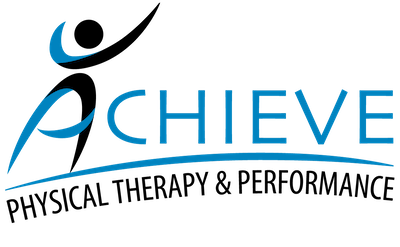
Dry needling, a technique that has gained popularity in recent years, has been instrumental in alleviating a variety of musculoskeletal issues. This therapy, though similar in some aspects to acupuncture, focuses on the treatment of trigger points and muscular pain.
What is Dry Needling?
Dry needling is a minimally invasive procedure that involves the insertion of thin, sterile needles into specific trigger points in the body, or knots in the muscles, to relieve pain and improve range of motion. Unlike acupuncture, which is rooted in traditional Chinese medicine, dry needling is based on modern scientific principles and anatomy.
Read about trigger point dry needling here.
Benefits of Dry Needling
-
Pain Relief:
Dry needling offers remarkable relief from various types of pain, including chronic back pain, headaches, and even pain associated with conditions such as fibromyalgia. The stimulation of trigger points with needles can help reduce muscle tension and improve blood flow, subsequently reducing pain.
-
Improved Mobility:
For individuals suffering from restricted range of motion due to muscle tightness or stiffness, dry needling can be transformative. By targeting trigger points, it allows the muscles to relax and elongate, leading to increased flexibility.
-
Faster Recovery:
Athletes often turn to dry needling to expedite recovery from injuries. The technique can help in speeding up the body’s natural healing process by promoting blood circulation to the affected area.
-
Muscle Rehabilitation:
Dry needling can be used to rehabilitate muscles affected by injuries, surgeries, or chronic conditions. It helps in retraining the muscles and relieving muscle spasms.
Dry Needling Treatment Process
How does it work?
The dry needling process begins with a thorough assessment by a trained physical therapist or healthcare provider. The practitioner identifies the trigger points that need to be addressed. Once the points are determined, sterile needles are inserted into these trigger points. The patient may experience a slight twitch or muscle contraction, which is a sign that the trigger point is being successfully targeted.
Duration of Treatment
The number of sessions required for effective dry needling treatment varies depending on the condition and the individual. Generally, a course of treatment may consist of several sessions, with each session lasting about 15-30 minutes.
Post-Treatment Care
Following a dry needling session, it is common for patients to experience mild soreness, similar to what one might feel after a strenuous workout. It is important to stay hydrated and avoid strenuous activities immediately after treatment. The physical therapist may also recommend specific stretches and exercises to enhance the benefits of dry needling.
The Role of Physical Therapy in Dry Needling
Physical therapy and dry needling complement each other perfectly. Physical therapists are well-equipped to evaluate your overall musculoskeletal health and develop customized treatment plans that incorporate dry needling as a component. They can address the underlying issues contributing to your pain and work in conjunction with dry needling to provide comprehensive care.
Patient Education
Physical therapists play a crucial role in educating patients about their conditions, which is especially important for individuals undergoing dry-needling treatment. They can teach patients how to manage their pain, prevent future issues, and improve their overall well-being.
Rehabilitation
For patients recovering from injuries, or surgeries, or dealing with chronic conditions, physical therapy can help in rebuilding strength and improving function. Dry needling is an effective tool within the physical therapist’s toolkit to assist with muscle rehabilitation.
Dry needling offers a range of benefits, including pain relief, improved mobility, faster recovery, and muscle rehabilitation. When integrated with physical therapy, it becomes an even more powerful tool for addressing musculoskeletal issues. The synergy between dry needling and physical therapy ensures that patients receive holistic care, tailored to their specific needs, ultimately helping them regain their quality of life. If you’re dealing with chronic pain or musculoskeletal issues, consider exploring the potential benefits of dry needling and the expert guidance of a physical therapist.
